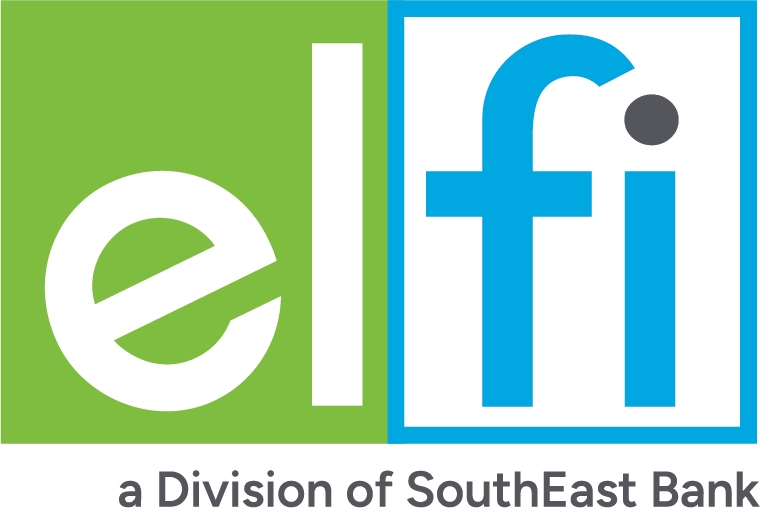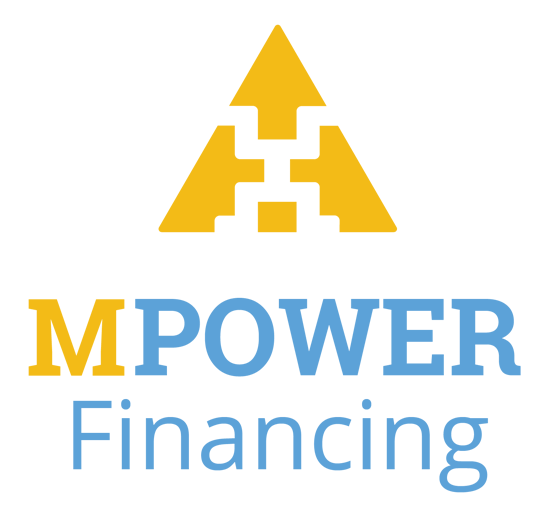‘Fresh Start’ Program Helps Defaulted Student Loan Borrowers
Enrollment for the government’s Fresh Start program — which returns defaulted loans to "current" — closed Oct. 2, 2024.

Many, or all, of the products featured on this page are from our advertising partners who compensate us when you take certain actions on our website or click to take an action on their website. However, this does not influence our evaluations. Our opinions are our own. Here is a list of our partners and here's how we make money.
In April 2022, the government introduced a temporary “Fresh Start” program that allowed millions of borrowers who defaulted on their federal student loans to get them back into good standing. The initial deadline to enroll in Fresh Start was Sept. 30, 2024; on that day, the government extended the enrollment deadline to 3 a.m. ET on Oct. 2, 2024. Enrollment is now closed.
For enrolled borrowers, benefits of the Fresh Start program include:
- Loans returned to "current" status on credit reports, and negative default marks removed.
- Access to federal student aid and other government loans, like mortgages.
- Access to flexible repayment plans, like the income-driven repayment plan, SAVE, which could give you $0 bills if your income is low enough.
- Access to short-term relief, like deferment or forbearance.
- Suspension of involuntary debt collection efforts.
If you have student loans in default and missed the Fresh Start deadline, you could face consequences, including hits to your credit score and wage garnishment.
Advertisement



Student loans from our partners

on SoFi® website
SoFi® 

Fixed APR
4.24-9.99%
Min. credit score
650
on Earnest website
Earnest 
Fixed APR
4.35-9.99%
Min. credit score
665

on Credible’s website
ELFI 

Best for faster repayment options
Fixed APR
4.88-8.44%
Min. credit score
680
Who qualifies for the Fresh Start program?
Approximately 7.5 million borrowers have federal student loans in default, according to federal data, and could benefit from the Fresh Start program.
These loans are eligible for the Fresh Start program:
- Government-held Perkins loans.
The following loans are not eligible for the program:
- Private student loans.
- Commercially held Perkins Loans.
- Loans under the purview of the U.S. Department of Justice.
- Direct or FFELP loans that defaulted after student loan payments resumed in October 2023.
Borrowers need to have opted into Fresh Start to get their loans out of default and to access the program’s full benefits. The deadline to sign up was Oct. 2, 2024. Borrowers not enrolled in Fresh Start may lose all benefits starting in October. More information is available at Federal Student Aid.
After enrolling in Fresh Start, you must make payment arrangements with the Education Department’s Default Resolution Group. After a long-term payment plan is agreed upon, your loans will be transferred to a new federal student loan servicer and default marks will be removed from your credit report.
If you have FFELP loans, you’ll need to have signed up for Fresh Start through the guaranty agency that holds your loans. (If you don’t know who holds your loans, call the Default Resolution Group at 1-800-621-3115 and ask.)
The government said it would reach out to eligible borrowers to inform them of the Fresh Start program. If you have outdated contact information on your loan accounts, you may have missed the heads up.
Key benefits of the Fresh Start program
If you have student loans in default, you already have temporary access to these Fresh Start benefits:
- Access to federal student aid and other government loans. Borrowers with defaulted student loans can access federal student aid — including federal loans, work-study and Pell Grants — and other government-backed loans, like mortgages.
- No debt collections. All collections activities and fees through the Treasury Offset Program on federal student loans in default are suspended: wage garnishment, seized tax refunds and child tax credits, withheld Social Security payments (including disability benefits) and collection calls. Borrowers who don’t enroll in Fresh Start can expect collections activities to resume in October.
- A second shot for borrowers who rehabilitated and defaulted. Usually, you can only rehabilitate a defaulted student loan once. Fresh Start does not count as your one rehabilitation attempt, so if your loan goes into default again later, you will still have the option to rehabilitate your loan.
- Changes to credit reporting. The Education Department has begun reporting defaulted student loans as “current” rather than “in collections” to credit bureaus.
Enrolling in Fresh Start will lift your loans from default, lock in the program’s temporary perks and give you access to the following additional benefits:
- Negative marks of default removed from credit reports. This can lead to an increased credit score, which may make it easier to qualify for favorable interest rates.
- Access to income-driven repayment (IDR) plans. Roughly 80% of borrowers who sign up for Fresh Start opt for an IDR plan, according to the Education Department. As a result, half of Fresh Start borrowers are paying $0 a month, and 60% of Fresh Start borrowers are paying less than $50 a month.
- Access to student loan forgiveness programs. You can benefit from forgiveness programs like Public Service Loan Forgiveness, as long as you meet the eligibility criteria.
- Access to short-term relief. You’ll be able to request a student loan forbearance or deferment in the future.
Article sources
NerdWallet writers are subject matter authorities who use primary,
trustworthy sources to inform their work, including peer-reviewed
studies, government websites, academic research and interviews with
industry experts. All content is fact-checked for accuracy, timeliness
and relevance. You can learn more about NerdWallet's high
standards for journalism by reading our
editorial guidelines.
More like this
Related articles
AD
Refinance Your Student Loans with Earnest: smarter rates, total flexibility, no fees.
Check rate
on Earnest's website

AD

Refinance Your Student Loans with Earnest: smarter rates, total flexibility, no fees.
- Fixed APRs starting at 4.49%, Variable Rates starting at 5.88%;
- Customize your term down to the month (5–20 years);
- Skip one payment every 12 months.
Check rate
on Earnest's website
AD
Refinance Student Loans with SoFi:
low rates, flexible terms, no fees.
Check rate
on SoFi®'s website

AD

Refinance Student Loans with SoFi:
low rates, flexible terms, no fees.
- Rates: 4.74-9.99% (fixed) / 5.99-9.99% (variable) APR;
- Terms between 5–20 years, plus features like interest-only SmartStart for residents;
- Zero application/origination/prepayment fees — ever.

Check rate
on SoFi®'s website










